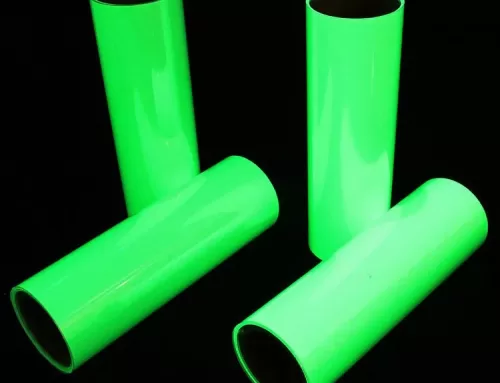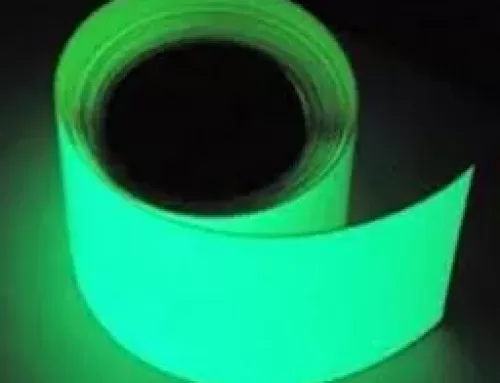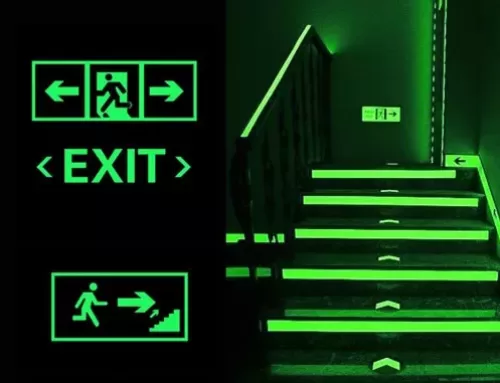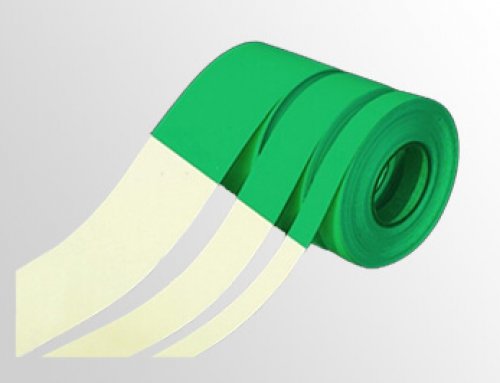How Does Glow in the Dark Tape Work?
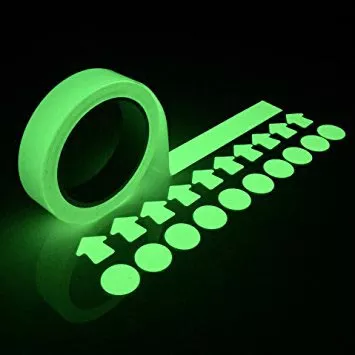
When you’ve been pondering how glow in the dark tape works, you’ve probably wondered what the secret is. You may have heard of the Photoluminescent mineral, Strontium aluminate, and long-lasting phosphor. These materials are responsible for creating glow in the dark tape, but how do they actually work? The short answer is that they all contain the same chemical components.
Photoluminescent mineral
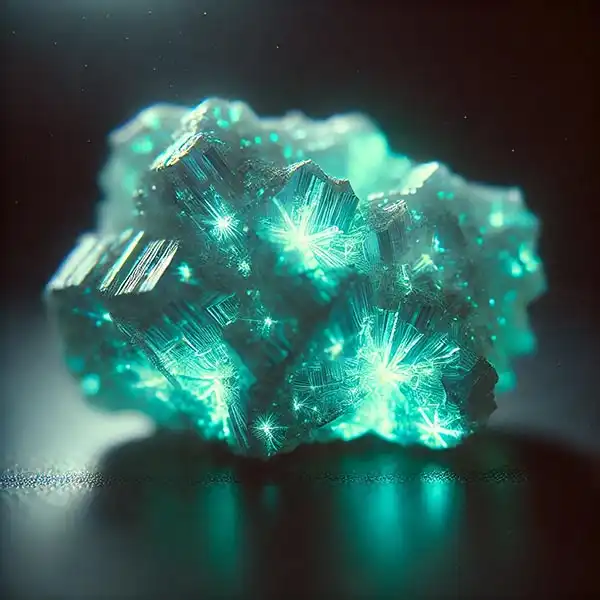
If you’ve ever wondered how glow in the dark tape works, you’re not alone. It’s a phenomenon that’s both mystical and familiar. Essentially, when you shine a black light on the tape, it gives off a visible glow that can be seen for up to eight hours. However, people who have trouble seeing in the dark will find it difficult to use the tape after a while.
You can find glow in the dark tape at many hardware stores, but you’ll need to buy the correct type. It’s basically the same material as regular vinyl tape, but with a phosphor applied. Phosphors absorb energy from UV rays and slowly release it back into the light, which then makes the tape glow. The tape is also made to be visible even when it’s dark, making it a great safety measure and a great decorative choice.
Another practical use of glow in the dark tape is for workplace safety. In case of emergency, it can help employees and visitors navigate the building safely. Employees can navigate in low-light conditions by following the glow in the tape to the exit. This tape can also prevent slippage on floors when evacuating a building. This glow can help prevent accidents, as well as save precious time during an emergency. That means less time and money wasted in searching for a fire extinguisher.
Strontium aluminate
Strontium aluminate is a highly reactive element found in industrial marble aggregates. When exposed to light, it absorbs photons and gives them off slowly. This helps minimize excess light pollution and electricity usage, which can be beneficial to people and ecosystems. For these reasons, strontium aluminate is used in many astrophysical observatories.
This material is very durable, making it an excellent safety tool for a variety of applications. It can be used in areas with frequent lighting and shorter periods of darkness. It can last up to 20 years when exposed to sunlight, fluorescent lights, and halogen lamps. It can be recharged an infinite number of times. For this reason, it is ideal for use in warehouses or in other places where the lights are constant.
While strontium aluminate is not as durable as zinc sulfide, it can last for up to a dozen hours in the dark. While the brightness of this product is very bright for the first half hour, it decreases over time as the atoms calm. Strontium aluminate glow-in-the-dark tape is best recharged with ultraviolet light.
Long-lasting phosphor
In addition to being safe and effective, glow-in-the-dark tapes are also rechargeable. They can be recharged as many times as needed, and they continue to glow brightly and charge quickly. This makes them the perfect long-term safety tool. For those who aren’t yet familiar with these products, here’s what you need to know about them. These glow-in-the-dark tapes are safe, long-lasting, and fun for any occasion!
These tapes are made from phosphor, which absorbs light energy and emits it back into the dark. Because these tapes absorb light radiation, they glow when exposed to it. The duration of the tape’s glow depends on several factors. The longer it is exposed to light, the more likely it will be to emit light. In most cases, glow-in-the-dark tapes will glow up to 6 hours after being exposed to light.
The intensity of a glow-in-the-dark tape depends on the phosphor content of the material and the amount of light it is exposed to. Some phosphors can glow in the dark with natural light, while others require ultraviolet or black lights. Depending on the phosphor content, some glow-in-the-dark products will need to be recharged as often as needed.

